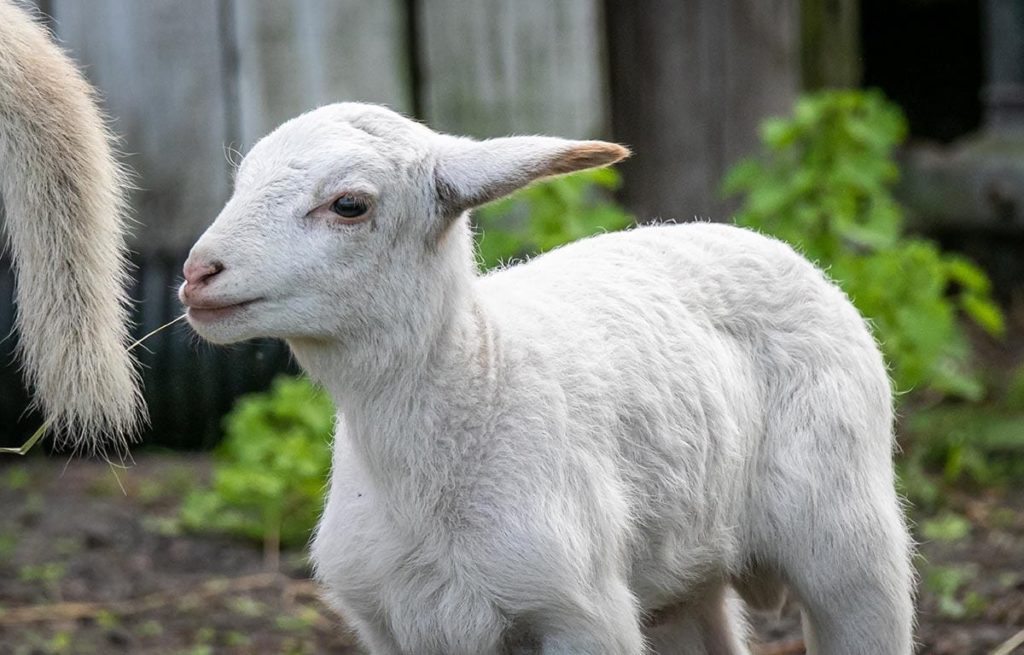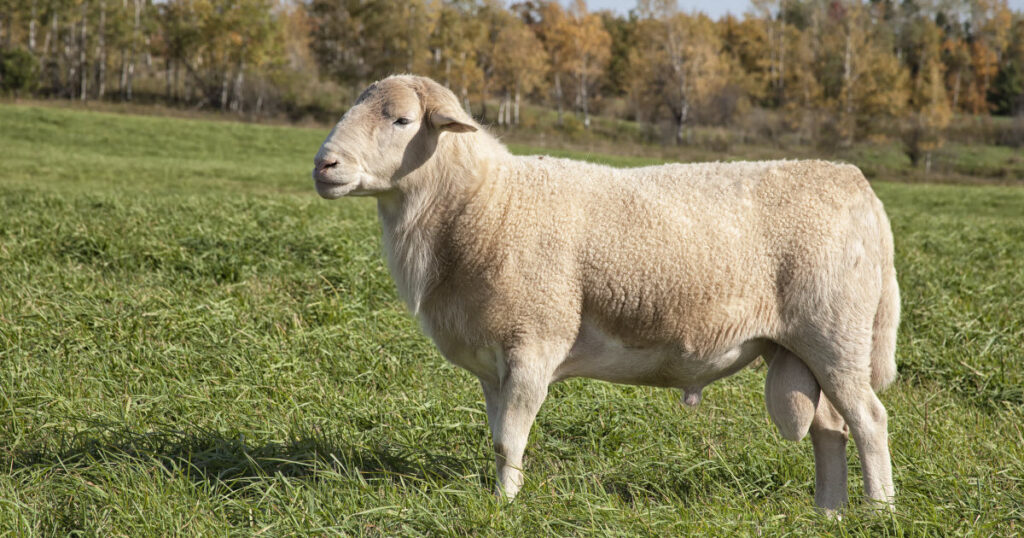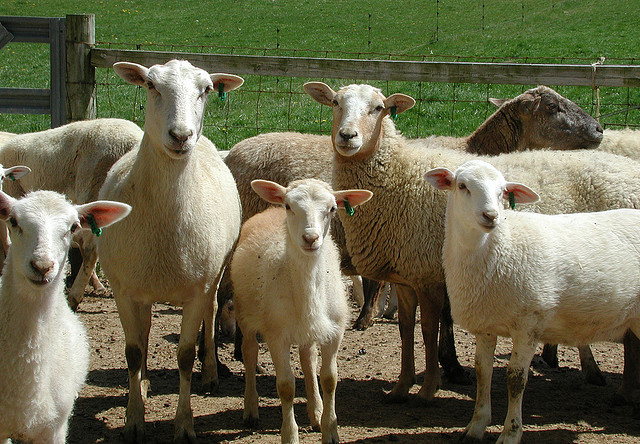
SIZE: Katahdin ewes weigh between 120 lbs – 180 lbs. and rams weigh between 180 – 250 lbs.
COAT: Hair coats differ in texture and color. Katahdin sheep shed their winter coat naturally to slicker summer coats.
FERTILITY: Katahdin rams are aggressive breeders and generally handle the heat far better than most wool breeds. Katahdin Hair Sheep are out of season breeders; the ewes are fertile year-round
FEED: These sheep forage and make use of the lesser types of grasses.
LAMBING: Ewes typically have twins, sometimes triplets or even quadruplets. Yearling ewes reach puberty early; they will breed at about 8 – 10 months and will typically, for their first lambing have a single lamb. Mature ewes typically give twins or triplets. This spring I had 19 ewes, 5 of which gave birth to triplets. Katahdins are very good mothers and have very few lambing problems.
PARASITES: Hair sheep are more tolerant to internal and external parasites than most wool breeds. Worming schedules depend a lot on how the sheep are pastured and maintained.
MEAT: Lamb from hair sheep has a wonderful, mild taste. A 100 lb lamb dresses out at about 52%. After packaging, we usually get between 35 and 40 lbs of packaged meat.
Shearing Katahdin Sheep
Katahdin Sheep are shorn by trained sheep shearers who usually work as a team and go from farm to farm contracting out their services. A good sheep shearer will be able to shear a Katahdin Sheep in less than 2 minutes and can shear up to 200 sheep a day. Katahdin Sheep are generally shorn once a year in springtime before the lambing season to help moderate their temperature in the warmer months and to keep a cleaner environment for baby lambs.
Sheep are one of the oldest animals to become domesticated by humankind and have been reared and bred for the use of meat, milk, wool, hides, or a combination for centuries. There are now more than 200 breeds in existence and each breed is classified depending on its best-suited use. Some breeds do not require shearing because they will either shed their coats naturally or lack sufficient wool fibers to start with.
For those breeds that do require their coats to be shorn, it is because their wool grows continuously, and if they do not get to be shorn at least once a year then the sheep can get very stressed and uncomfortable especially when it gets warmer. If the wool is not shorn then it will become matted and much more difficult to remove which is why farmers stick to a very strict annual calendar when it comes to shearing.
There are two types of modern-day shearing devices. Blade shears and machine shears. With blade sheers, the device is arranged similarly to scissors except that the hinge, which is normally in the middle, is at the end farthest to the point. The cutting edges shift past each other whilst the shearer squeezes them together close to the Katahdin sheep’s skin to shear the wool. The beauty of blade shears is that they leave some of the wool on a sheep which helps in cooler climates where the sheep will still need some protection. Blades are commonly used to shear stud rams although they are not used as much as they used to. Machine shears are far more common these days and work in the same way as human hair clippers. A power-driven tooth blade is driven back and forth over the surface of a comb and the wool is cut from the sheep.


